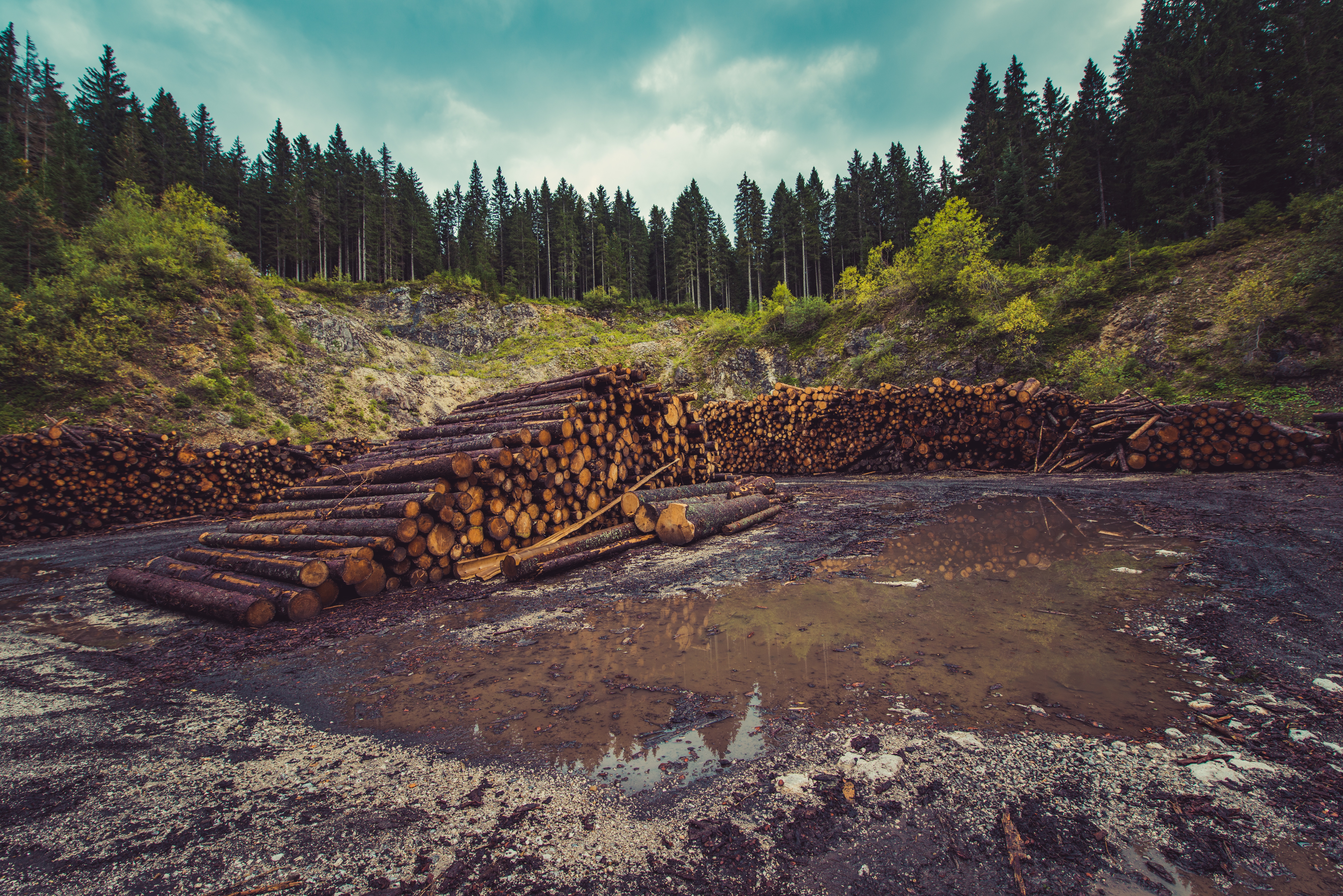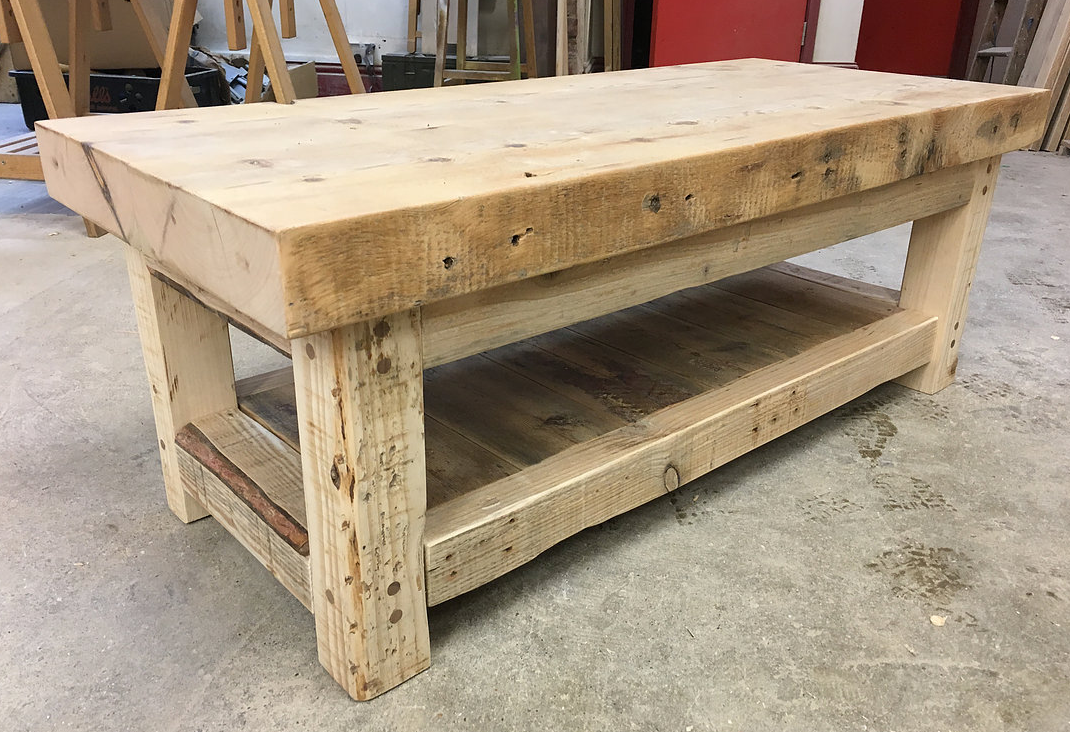
There’s something about having wooden pieces or features in our home that connects us to nature. Wood is rustic, robust, and a reminder of our earth. It gives a space warmth and coziness in a way that most synthetic materials never could. But there’s an environmental cost that comes with making the wrong purchase.
Take a look around your home and make a mental note of any wooden pieces. Perhaps it’s a chair that’s been passed down through your family for generations. Maybe it’s a custom-made piece that fits that awkward corner exactly as you want it to. Now here’s a question for you: do you know where that wood came from? Unless you’re big time into your reclamation projects, chances are the answer to this will be no.
The movement towards shopping for local groceries and sustainable clothing encourages the consumer to think about the lifecycle of everyday objects. From plantation to purchase, it can lead to more ethical buys. Wood requires much the same approach. That wooden table in your dining room went through an entire process before you bought it from the store. First, the trees were grown, then felled, then the wood treated, furniture crafted, and finally a finished product sold to you.
There are two problems when it comes to our consumption of wood products. The first is the demand for expensive, tropical hardwoods. The second is our culture of “fast furniture,” a.k.a. cheaply-made wood. Lastly, I offer a solution in the form of supporting reclaimed timber.
Tropical Hardwoods
Mahoganny, cedar, walnut, cherry, rosewood, and teak are just some of the gorgeous tropical hardwoods in high demand around the world. Well, for those who can afford it that is because they come at a cost. As with anything rare and shiny that can lead to a cash reward, hardwood trees are sought after and felled in places like Indonesia, the Amazon Basin, and Malawi to name a few. As the name might suggest, hardwoods are dense because the trees are slow-growing. This causes a problem. Once felled, another won’t appear in its place for many years to come. As soon as the rate of deforestation exceeds the rate of growth, the practice becomes unsustainable.
As well as the effects of deforestation in situ, shipping wood from the tropics means that lots of air or shipping miles go into getting it to those of us in temperate zones.
Fast Furniture
You might have heard of the term fast fashion, referring to our apparent love of a closet with a high turnover. Our attachment to any one piece over the years has been replaced by an attachment to the shopping process itself. It’s now desirable to have “new” and which has often forced retailers to lower prices and subsequently move to more unethical industrial practices to stay within budget.
When it comes to home renovations, we want high turnover and low prices to keep up with trends. Good quality wood simply cannot be manufactured for the cost the consumers want to pay. As a result, products are made of plywood, medium-density fibreboard (MDF), or oriented strand board (OSB). These are all processed using resins containing ingredients like formaldehyde. This is a known carcinogen, thus posing a risk to both the manufacturer and consumer if it’s released from the wood. These woods are also sensitive to humidity, which can cause swelling. This means they simply do not last as long as a solid alternative.
As a whole, we seem to think less now about investment pieces to pass down to our children’s children, and more about how fashionable our space looks on Instagram. If we buy with the intention for it to last a lifetime, we will naturally look at quality and make the best purchase we can afford. But in today’s disposable culture, this is often overlooked if there’s a sale on.
Reclaimed Wood
Buying furniture made of reclaimed wood is not only the most sustainable avenue, but it also looks amazing. Whether it’s a church pew used as a dining table bench or scaffolding upcycled into a shelf or dining table, buying reclaimed will give your home a special, unique touch. I know my DIY pallet TV stand and shoe racks get people talking!
Salvaging wood that’s still in great shape gives it a new life and prevents another tree being cut down. What’s not to love about that? Take a look at some amazing reclaimed pieces below from Bristol Wood Recycling Project:




Buying reclaimed wood in the form of a finished product like the photos above is an environmentally-friendly way of adding furniture to your home. But if you want to take it one step further, you can buy the wood, get creative, and build your own custom-made piece. If it’s something simple like a few stacked pallets to create a coffee table or an old crate turned on its side to be a bedside table, you need no carpentry skills whatsoever. Add some paint and sandpaper into the mix though and you’ve got something entirely unique and a special reflection of you, perfect for your home.
Do you have any special pieces made with reclaimed wood?
Also by Kat: Cotton: The Hard Truth about this Soft Fabric
Related: 7 Totally Doable Ways To Create Your Green Kitchen
Eco-Friendly Alternatives to Plastic Household Items
Get more like this–Subscribe to our daily inspirational newsletter for exclusive content!
__




